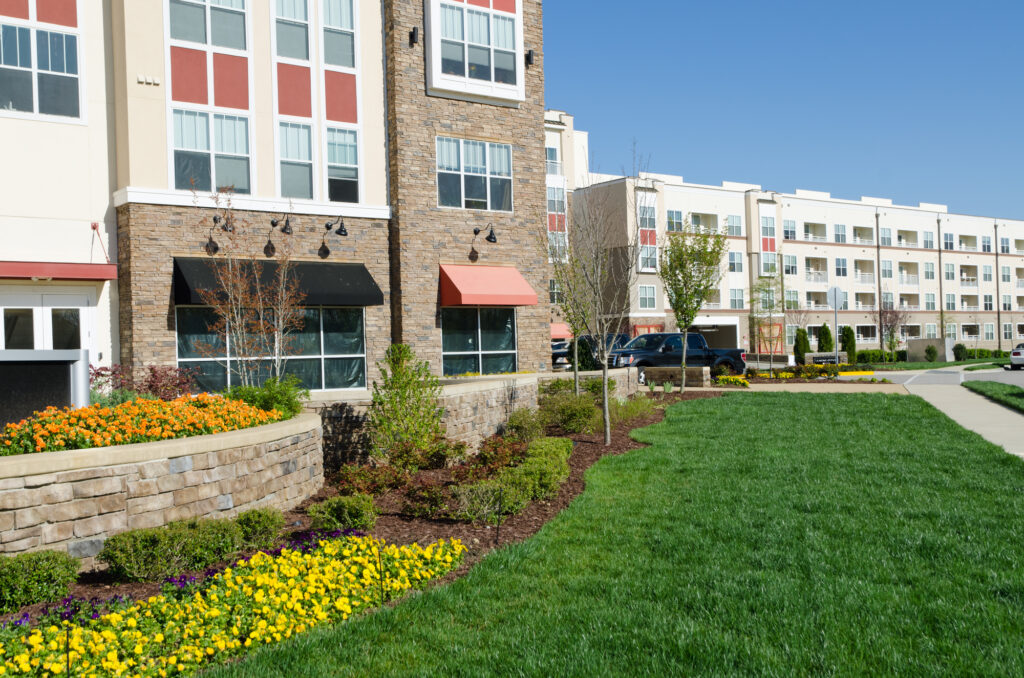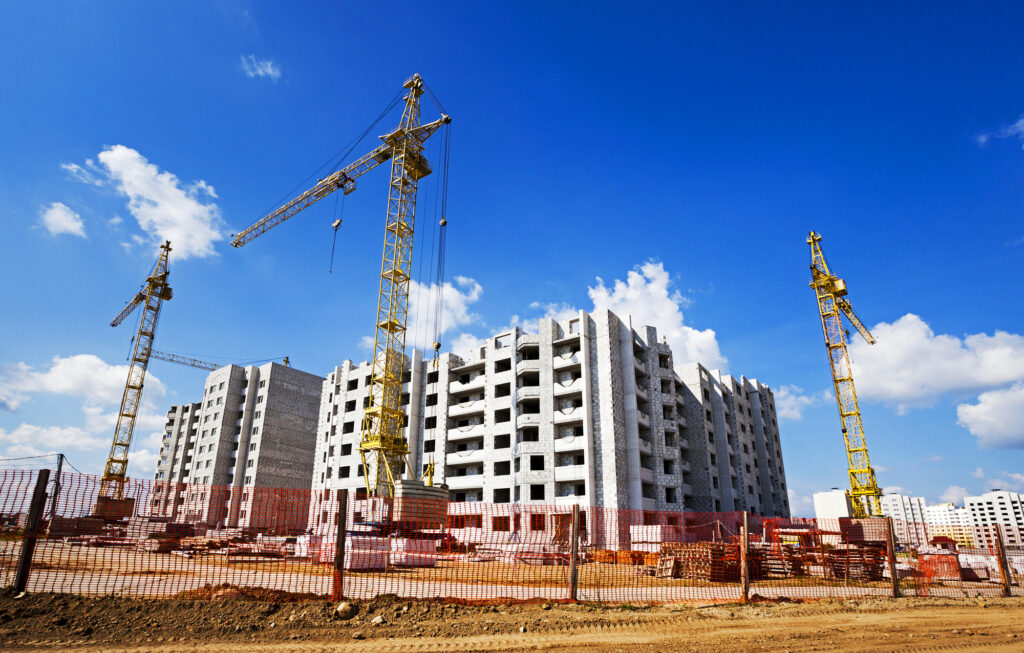In real estate, developers are always looking for strategies to add more value to their projects. This is primarily achieved in two ways; value engineering and coming up with more appealing concepts to consumers. In commercial real estate, it’s common for developments to have a sole target consumer market.
However, this is changing fast across the globe with the recent surge in mixed-use developments. Such projects have a wide range of social benefits that developers, consumers, communities, and even local authorities agree on. As such, they’re now a lucrative option for investors. But, as with all other commercial real estate projects, they also come with risks. Therefore, the stakeholders must do thorough due diligence on a project before commencement.
What Is Mixed-Use Development
Mixed-use developments are projects that combine at least three revenue-generating land uses and are pedestrian-friendly. As the world and cities grow into smart ecosystems, mixed-use developments will play a significant role. Such designs cater to the community’s residential, commercial, public health, and environmental needs. This is why mixed-use is included in the ten principles of smart growth.
Whereas it’s easy to assume that mixed-use developments can only come in the form of high-rises, that’s not accurate. According to the Urban Land Institute’s Mixed-Use Development Handbook, such developments only need to satisfy three criteria to qualify as such:
- Offers at least three significant revenue-generating uses- These can be any of commercial, residential, hotel, retail, and cultural.
- Supports integration and compatibility of land uses
- Pedestrian-friendly with uninterrupted walkable connections
In essence, a mixed-use development allows people to live, work, shop, and relax in one place. By offering such a wide range of amenities, they also become an attraction for people from other neighborhoods.
The Idea of Mixed-Use Developments Is Not Novel
With the recent surge in mixed-use developments in urban and suburban communities, it may seem like a new concept. However, it has been around for centuries. Though it did not have a name, people built mixed-use structures, villages, and towns during the transition from nomadic to agrarian lifestyles.
This trend continued up until the industrial revolution, when municipalities adopted zoning statutes to separate industrial and residential areas. Authorities took such steps to protect people from the pollution and noise from industrial plants.
Despite the availability of efficient transport systems and further zoning measures, mixed-use development is reemerging, and the reception has been quite positive.

Types of Mixed-Use Developments
Mixed-use developments come in three main forms:
1. Main Street
The ‘Main Street’ mixed-use model is arguably the one that has sparked this recent trend in real estate development. It has been popular in North America for some centuries. Traditionally, they have been associated with mom-and-pops shops with residential units behind or above. Today, the mom-and-pop shops have been replaced with service, entertainment, and hospitality enterprises.
2. Shopping Mall/ Department Store Conversion
With the emergence of eCommerce, many brick and mortar stores were forced to close down, vacating shopping malls. With this, department stores were forced to seek alternative tenant models which incorporate residential units as well.
3. Horizontal Mixed-Use Developments
Horizontal mixed-use developments offer a combination of single-use buildings in a single, mixed-use lot. Such a combination of commercial and residential units creates a pedestrian-friendly neighborhood. In urban areas, this type of mixed-use development is credited to the repurposing of abandoned buildings.
4. Vertical Mixed-Use Developments
Vertical mixed-use developments entail various commercial and residential units in one building spread across different floors. This is the type that comes into many people’s minds during conversations of mixed-use developments. For convenience and maximum functionality, public use units such as government offices, restaurants, and transit facilities are positioned on the lower floors. Private units such as hotel rooms and condos are located on the floors above.

What are The Benefits of Mixed-Use Developments?
Due to the benefits they offer, mixed-use developments have become an attractive investment for developers. These benefits also extend to the consumers and include:
- They offer investors multiple streams of income
- The diversification of tenants reduces the risk for real estate developers and investors
- They are appealing to a large segment of modern consumers
- Allows developers to target high-value consumers
- Commercial tenants have a built-in clientele
- Simplifies property management
- Tenants are close to a wide range of services and amenities
Managing the Risks
Undoubtedly, mixed-use developments offer significant value to investors and consumers. However, they also come with some risks that can potentially make your investment worthless. Such developments are not ideal in all locations, and you have to be keen on restrictive zoning rules.
Are you thinking of investing in a mixed-use development? Build Analysis is a company comprised of construction managers and cost experts specialized in real estate development. We offer analytical services that allow you to make informed decisions about real estate investment and reduce your overall risk. Reach out to us today for pre-construction analytics.
